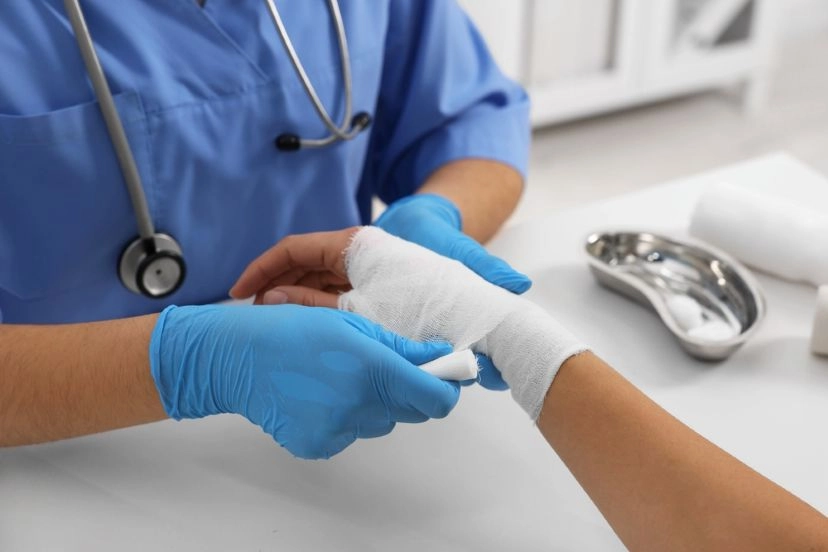Get Ready for Your Little One when they face Precocious Puberty

The physical development of children transitioning from childhood to adolescence is something that parents place an importance with and monitor closely, especially for girls. Many families express particular anxiety about their daughters' rapid growth, often referred to as "Precocious Puberty”
Precocious puberty can lead to various physical changes including hormone and, significantly a reduced height when they become adult. Additionally, children who experience early puberty may not be emotionally prepared for these changes.
What is “Precocious puberty”?
Precocious Puberty is a condition where a girl's body begins to develop earlier than usual. This is caused by the early release of sex hormones from the sex glands, resulting in noticeable physical changes such as breast development, increased height compared with other children in the same age, pubic hair, before the age of 8, or menstruation before the age of 9.5.
Causes of Precocious Puberty
• Normal physiological changes in the body.
• GnRH-dependent precocious puberty which is caused by abnormal functioning of the brain from birth, or brain disorders acquired later in life, such as exposure to radiation, accidents, inflammation, tumors, or genetic factors, chromosomal abnormalities, obesity, or unknown causes.
• GnRH-independent precocious puberty, resulting from several factors, such as hypothyroidism, congenital adrenal hyperplasia, adrenal tumors, exposure to external sex hormones, ovarian cysts, or tumors.
Effects of Precocious Puberty
1. Advanced bone age: This condition is caused by the female hormone estrogen, which initially makes children grow rapidly but causes premature closure of the growth plates. This result in a shorter growth period compared to other children, ultimately leading to reduced adult height potential.
2. Psychological impact: The rapid physical changes can have psychological effects, as the child's body may differ significantly from peers of the same age. This can lead to challenges in coping with changes they are not yet prepared to handle, such as starting menstruation or developing breasts.
3. Preparation for possible underlying medical conditions that might arise, such as brain tumors, ovarian cysts or tumors, adrenal tumors, or hypothyroidism.
How to diagnose Precocious Puberty?
• Medical history taking and physical examination by a specialist
• Hormone test
• X-ray examination to determine bone age.
• MRI of the brain and the anterior pituitary gland.
• Ultrasound of the abdomen or pelvis.
What can be done to treat “Precocious Puberty”?
Treatment for "precocious puberty" is based on the underlying cause, such as:
1. Close monitoring of growth every 3-6 months.
2. Medication is administered to suppress the release of hormones in cases of GnRH-dependent precocious puberty. This treatment helps revert the growth pattern to a prepubescent state, thereby slowing down the advancement of bone age and allowing the child to achieve their full adult height potential. Currently, medication is available in the form of intramuscular injections, subcutaneous injections, or implants. In Thailand, intramuscular injections are commonly used, with the frequency of injections being every 1 month, 3 months, or 6 months, depending on the physician's discretion
3. Treatment based on the cause: In cases of GnRH-independent precocious puberty, treatment may involve stopping external sources of sex hormones
Therefore, early diagnosis and identification of the cause are crucial. This allows for timely intervention to address the condition, preserving the child's potential adult height, and supporting their mental health, ensuring they enter puberty when they are ready. Parents should pay close attention and be prepared, with guidance and close monitoring by a specialist.
Dr.Pichaya Vathanasakpuban
Pediatrician specializing in endocrinology and metabolism


